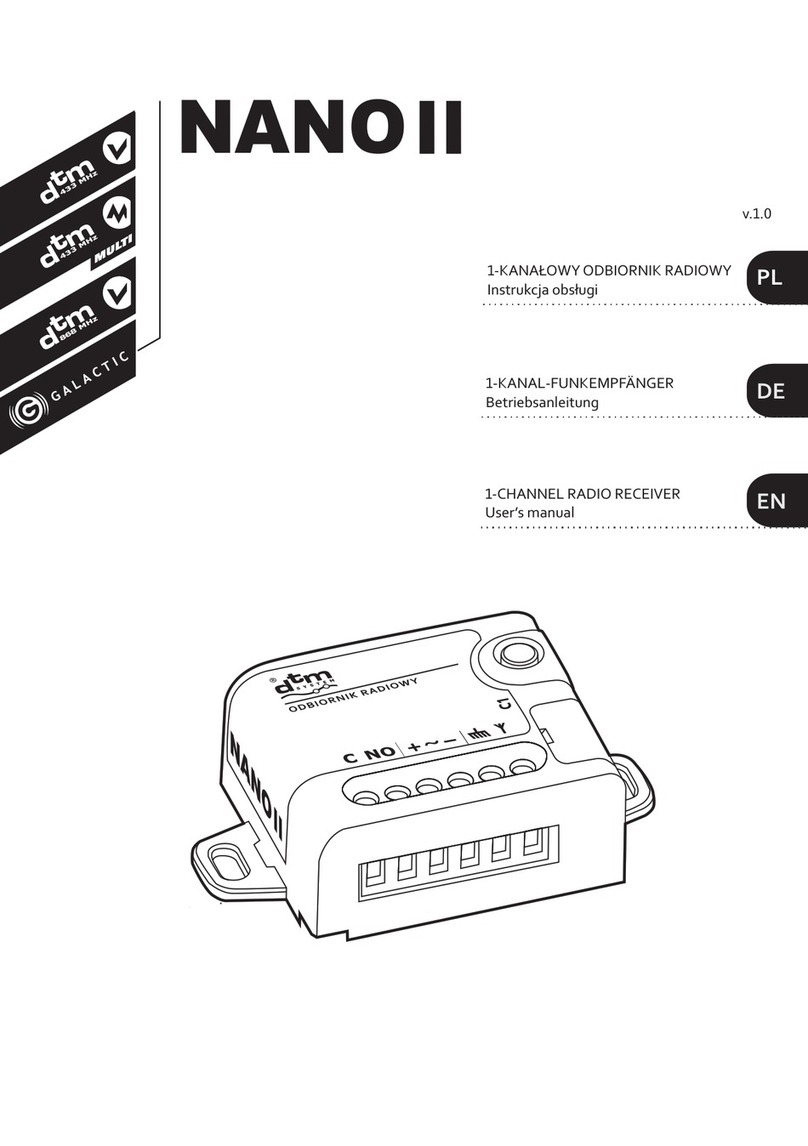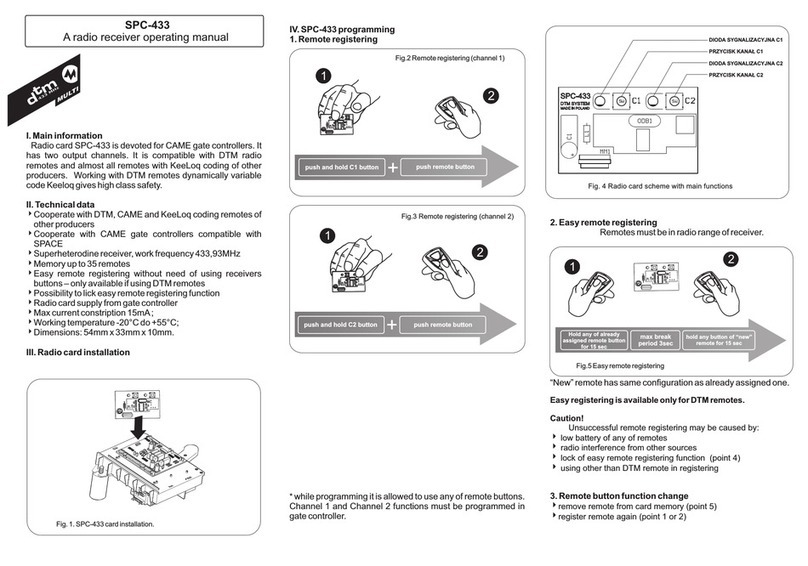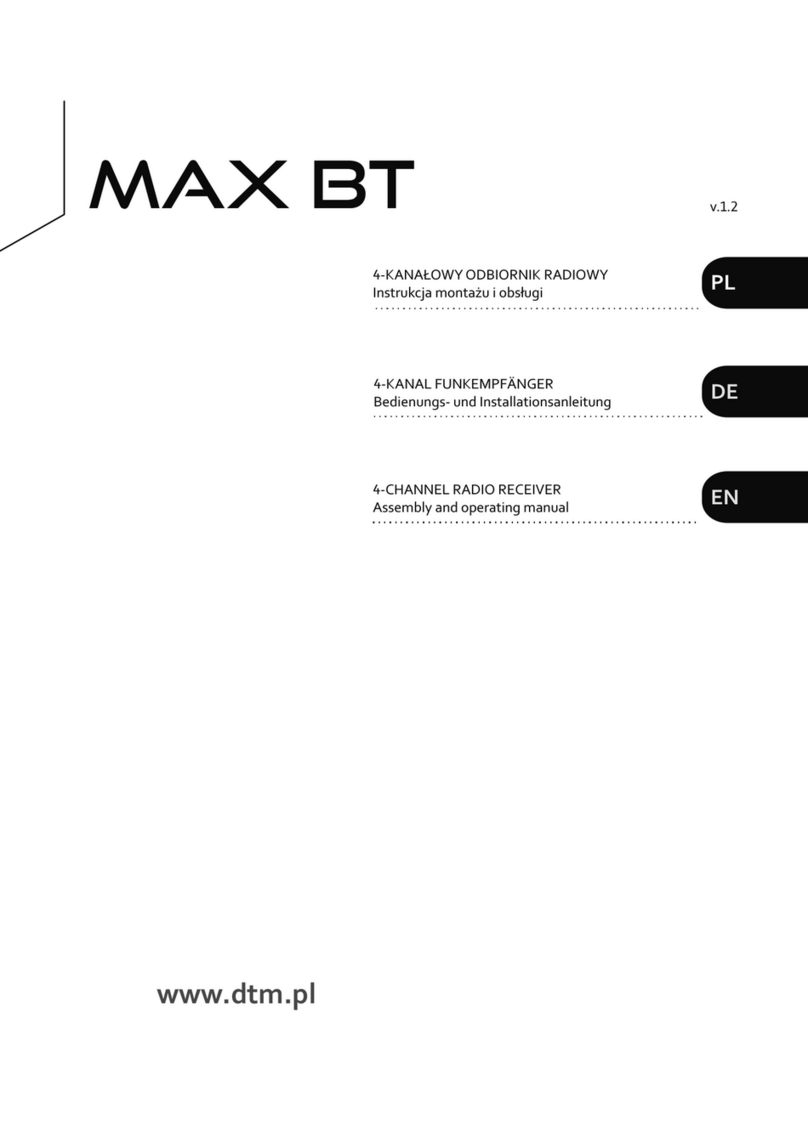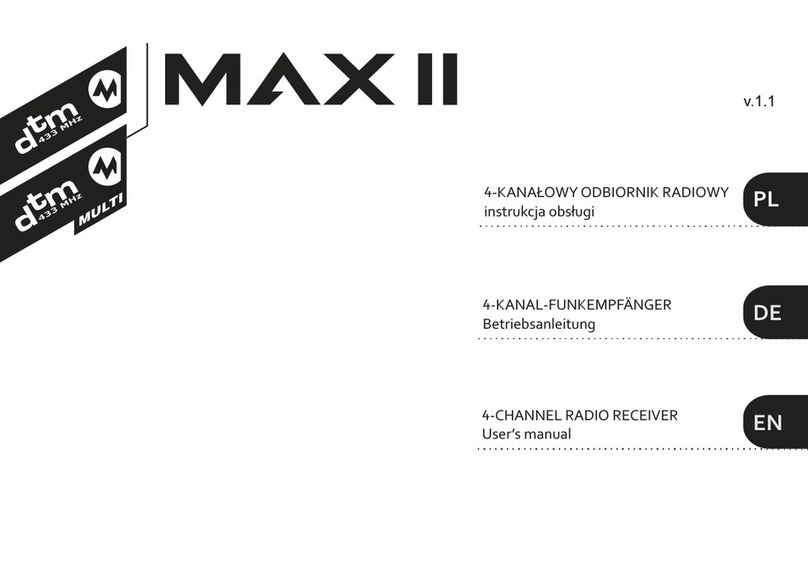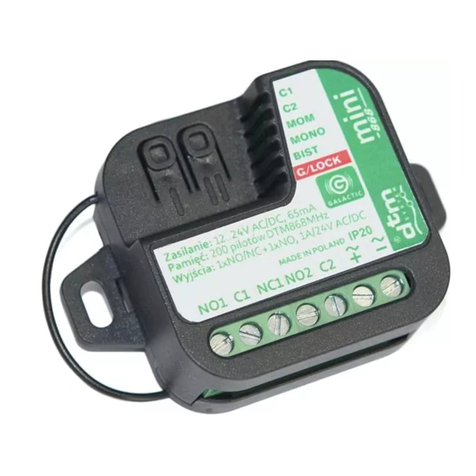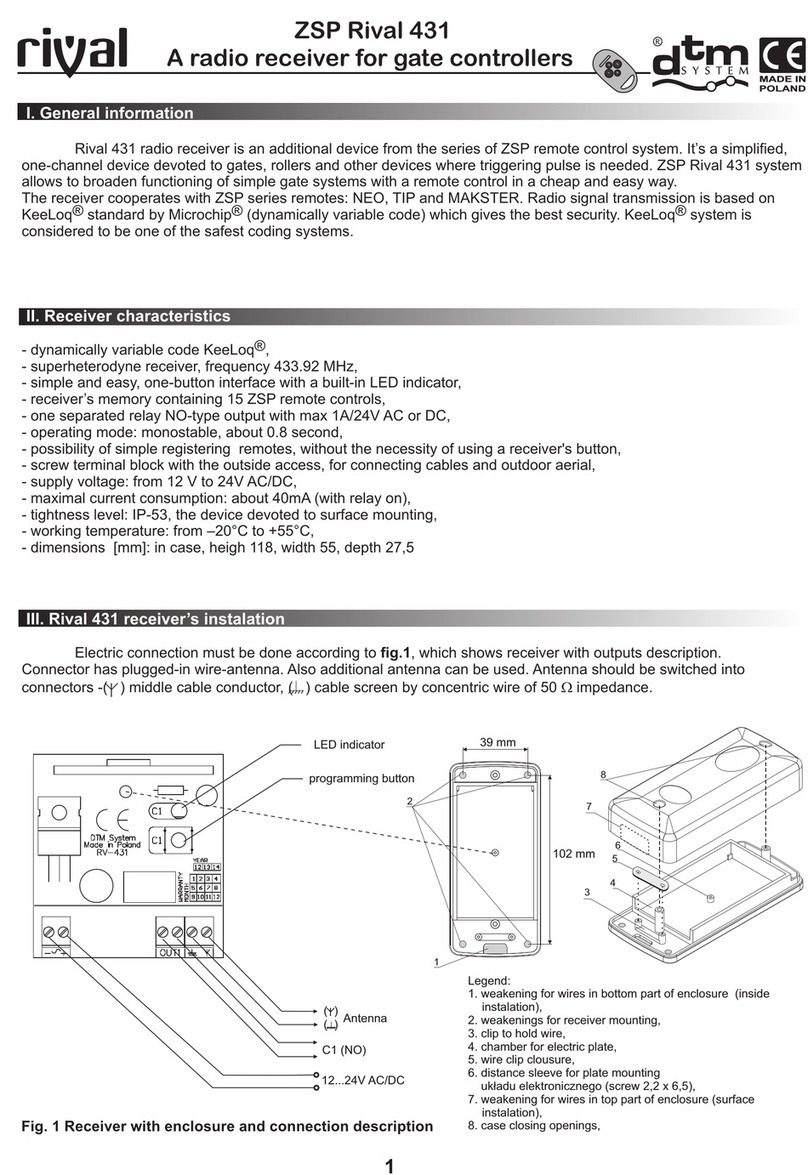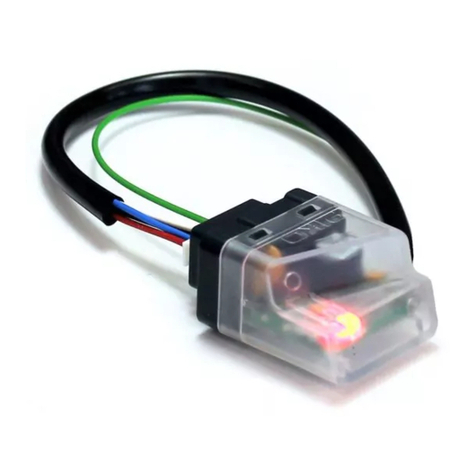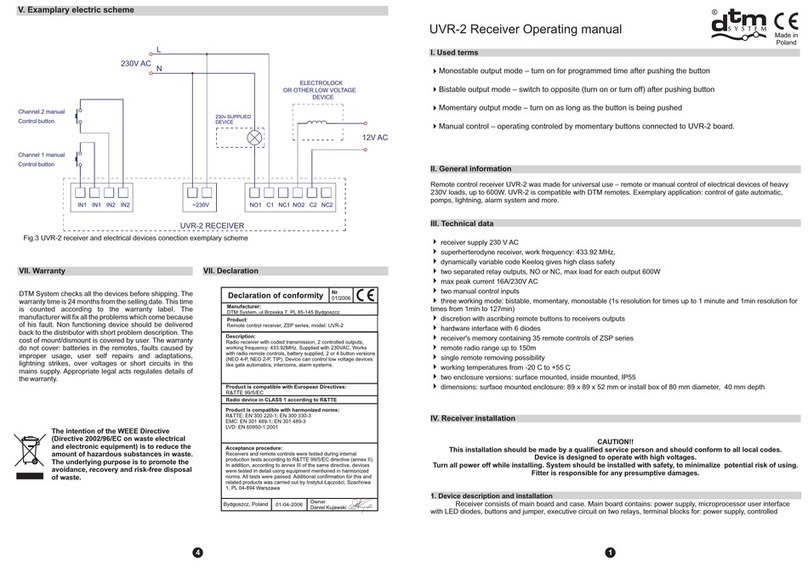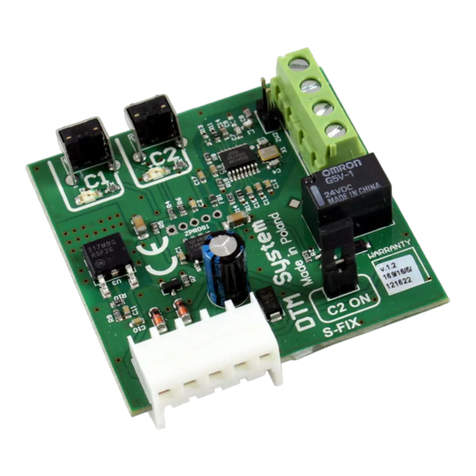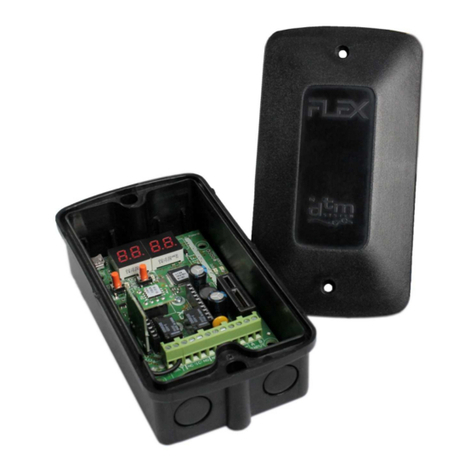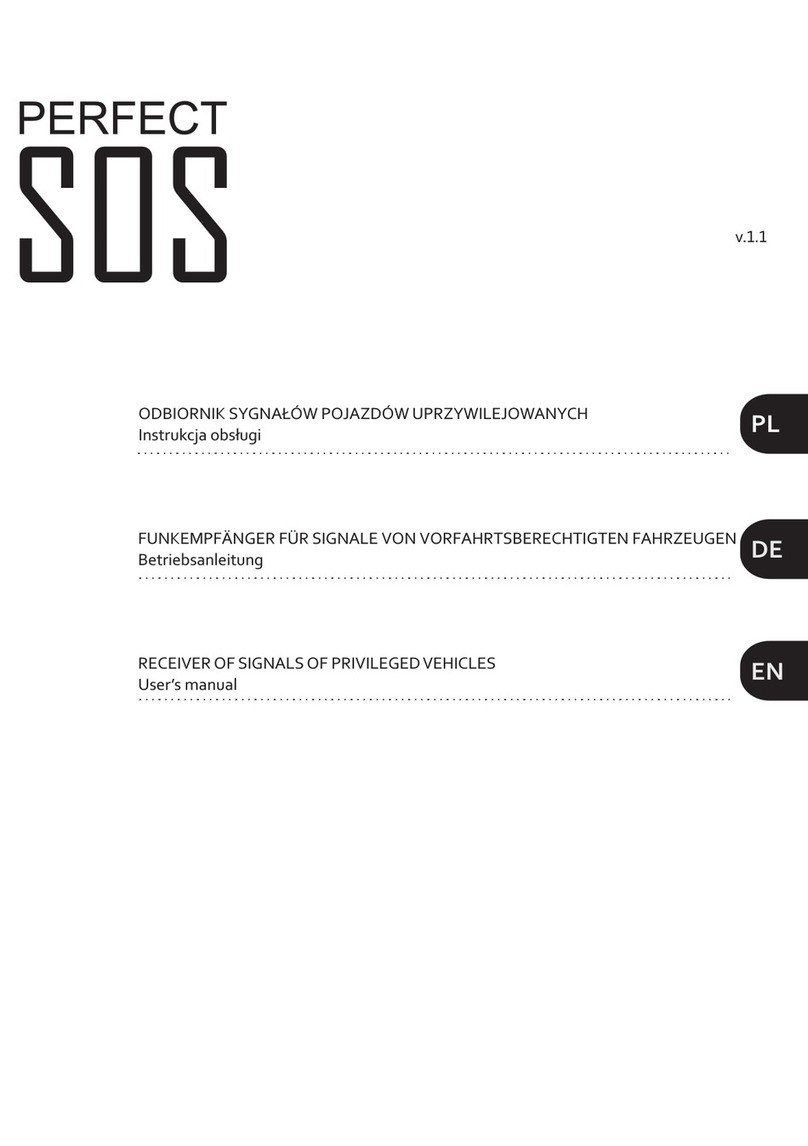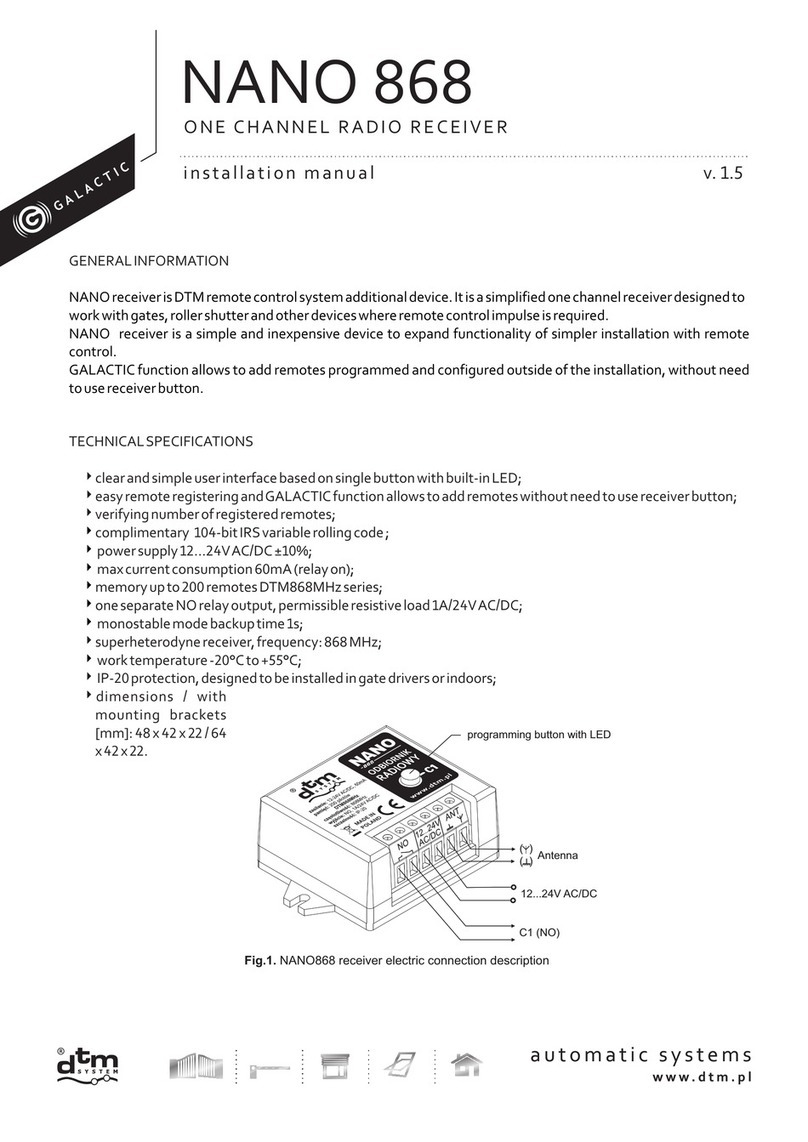
The intention of the WEEE Directive
(Directive 2002/96/EC on waste electrical
and electronic equipment) is to reduce the
amount of hazardous substances in waste.
The underlying purpose is to promote the
avoidance, recovery and risk-free disposal
of waste.
VII. Warranty
DTM System checks all the devices before shipping. The
warranty time is 24 months from the selling date. This time
is counted according to the warranty label. The
manufacturer will fix all the problems which come because
of his fault. Non functioning device should be delivered
back to the distributor with short problem description. The
cost of mount/dismount is covered by user. The warranty
do not cover: batteries in the remotes, faults caused by
improper usage, user self repairs and adaptations,
lightning strikes, over voltages or short circuits in the
mains supply. Appropriate legal acts regulates details of
the warranty.
4
VIII. Declaration
2
1 2
VI. Remote TIP and NEO parameters
4
4
4
4
4
4
4
4
4
4
four (two) buttons that can control any channel or the group channels
signal transmission is based on Microchips® KeeLoq® dynamically variable code,
remote frequency 433,92 Mhz
up to 150m radio range NEO, 50m TIP
battery: L1028 23A 12V,
ERP
four (two) buttons that can control any channel or the group channels
signal transmission is based on Microchips® KeeLoq® dynamically variable code,
remote frequency 433,92 Mhz
TIP: 1 mW, NEO: 3 mW;
working temperature from 0°C to +55°C.
2
1
3
4
2
3
4
122
1 2
12
fig. 3. TIP and NEO remotes with buttons
7) Receiver's memory formating
To format receiver's memory push and hold simultaneously C1 and C2 buttons. All LED diodes (except green diode)
will blink. Release buttons when LED diodes stop blink (after about 15 seconds). Receiver's memory has been formated.
Remarks! Format is irreversible. All remotes will be removed from receiver's memory and return to factory settings
(C1 and C2 output in monostable mode turn on time 0,5s)
6) Lock / unlock easy remote control registering function
To secure device from unwanted remote registering (aspecial protected customers areas) it is recomended to lock
easy remote registering function.
To lock hold and release button , red LED diode will light , yellow LED diode which shows actual working
mode will light. Push and hold next button. After 4 seconds diode will light (means that easy remote control registering
function is active). Still hold the button. After another 4 seconds of holding button diode will light (means that easy remote
control registering function is locked). After releasing button, card will memorize settings and lock easy remote control
registering function.
Same procedure to unlock, just release button when diode light. By default – factory settings, easy remote control
function is unlock.
(C1/C2) (C1/C2)
C2
C1
C2
Declaration of conformity Nr
02/2009
Product is compatible with European Directives:
R&TTE 99/5/EC
Bydgoszcz, Poland 01-08-2009
www.dtm.pl
DTM System, ul. Brzeska 7, 85-145 Bydgoszcz
